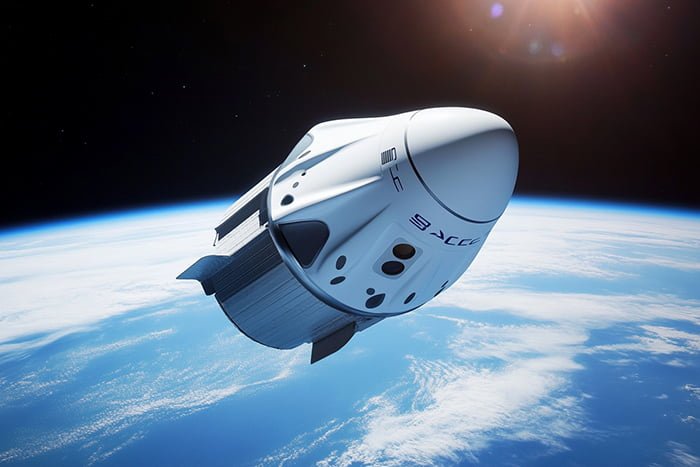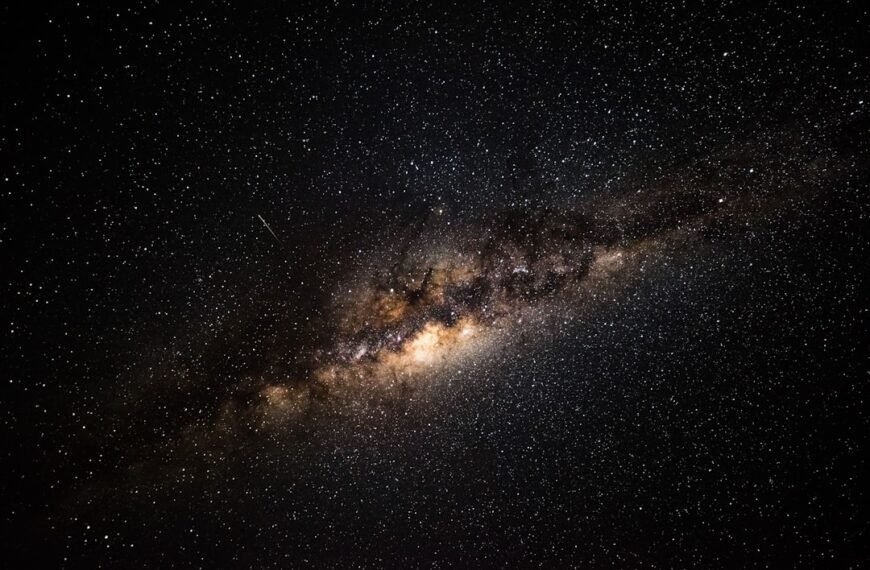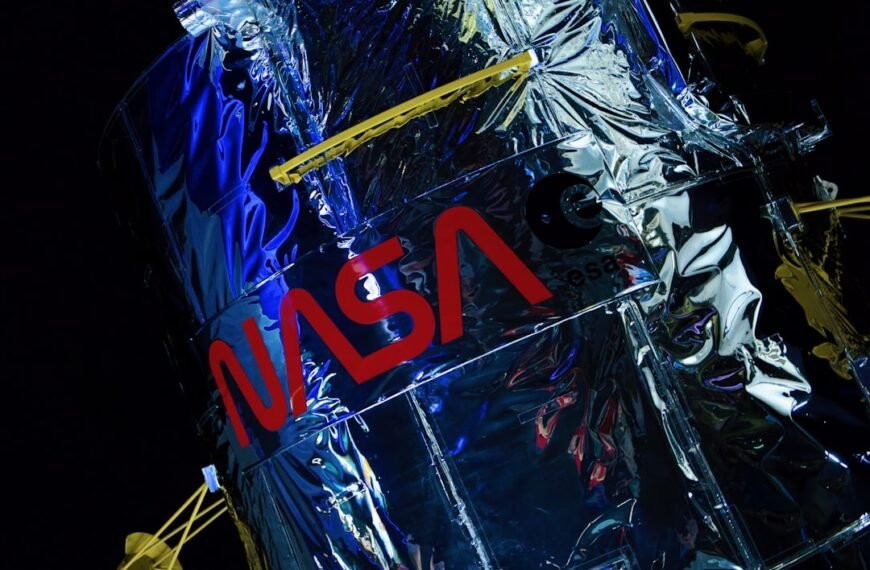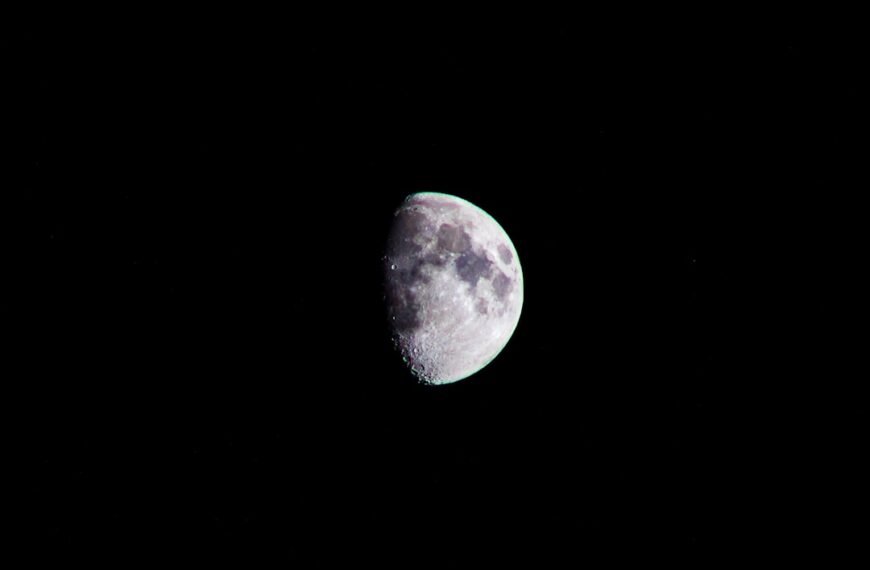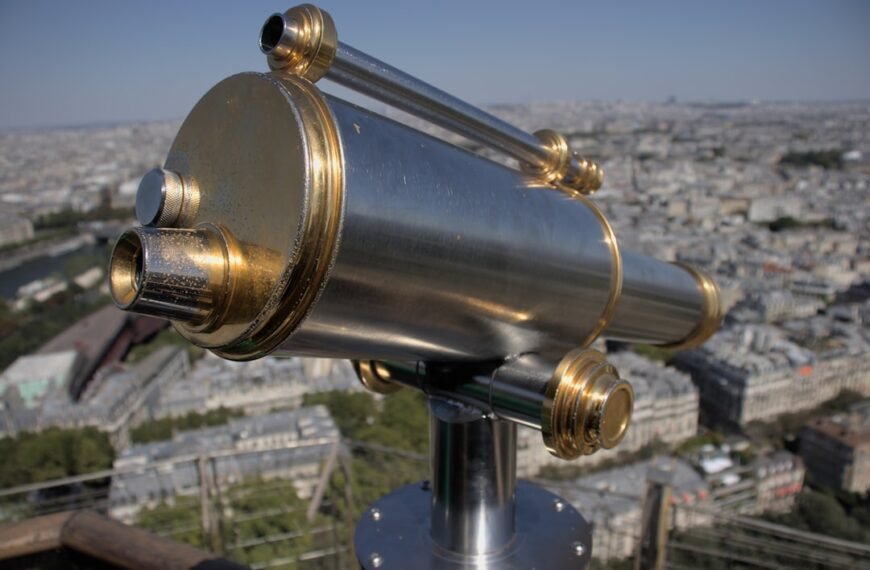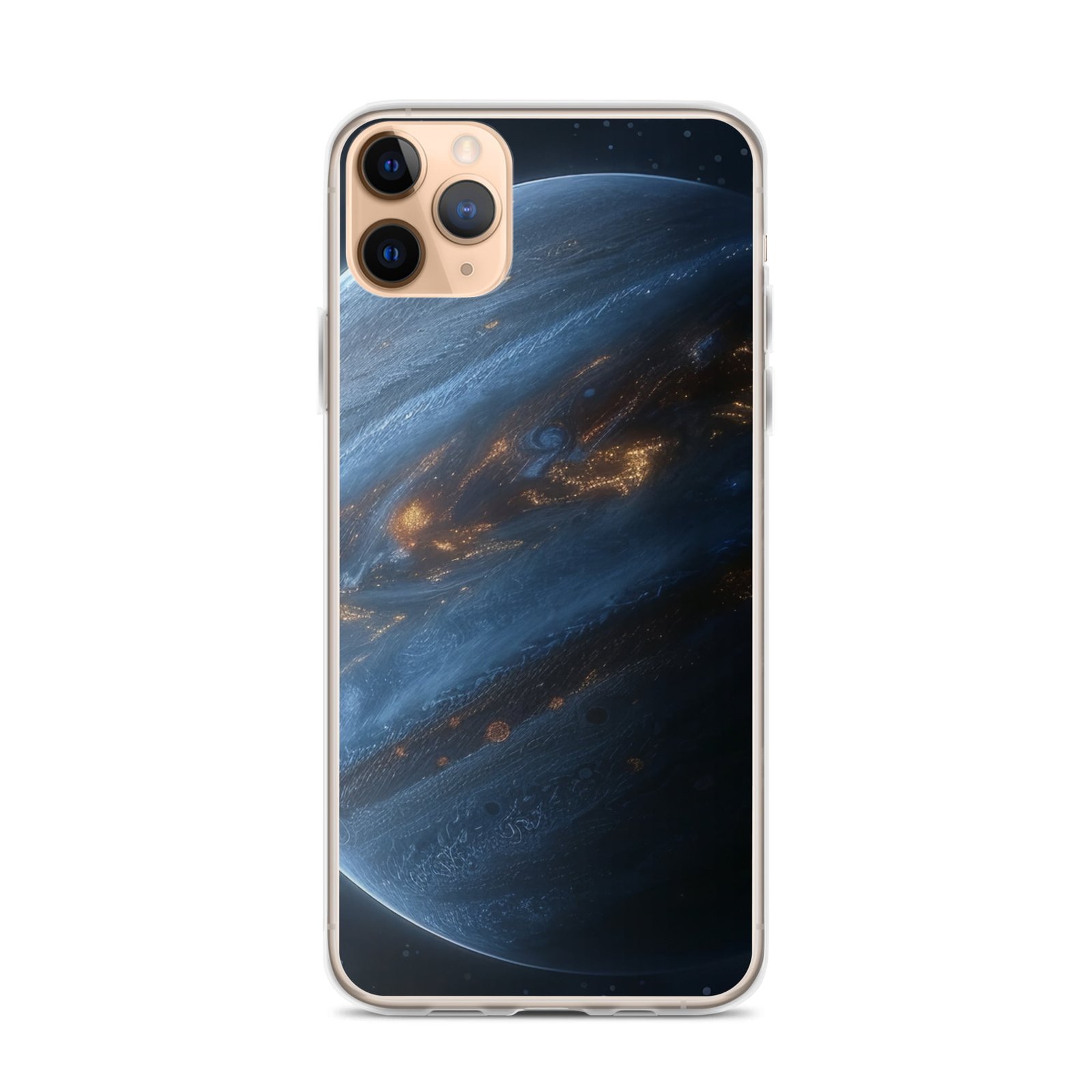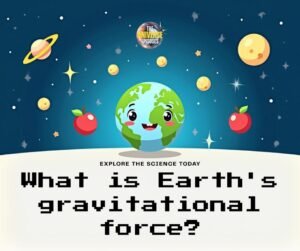Jupiter, the largest planet, offers insights into our solar system’s formation with its massive size, dynamic atmosphere, and diverse moons.
Key Takeaways 📝
- Jupiter’s massive size and strong gravitational pull provide crucial insights into the formation and evolution of our solar system.
- The Great Red Spot, a storm larger than Earth, offers valuable data on Jupiter’s dynamic atmospheric conditions.
- The Galilean moons—Io, Europa, Ganymede, and Callisto—each present unique characteristics, from volcanic activity to potential subsurface oceans.
- Space missions like Voyager, Galileo, and Juno have dramatically expanded our understanding of Jupiter’s complex system.
- Jupiter acts as a “cosmic vacuum cleaner,” its gravitational influence protecting inner planets and contributing to the solar system’s stability.
Jupiter, the fifth planet from the Sun and the largest in our solar system, has long captivated the imagination of astronomers, scientists, and the general public alike. As the dominant force in the outer solar system, this colossal gas giant offers a wealth of fascinating insights into the formation and evolution of our celestial neighborhood.
In this comprehensive blog post, we’ll embark on a journey to uncover the secrets of Jupiter, delving into its physical characteristics, atmospheric composition, moons, and the ongoing exploration of this enigmatic world. Whether you’re a seasoned space enthusiast or simply curious about the wonders of our universe, this post will provide you with a deeper understanding and appreciation for the king of the planets.
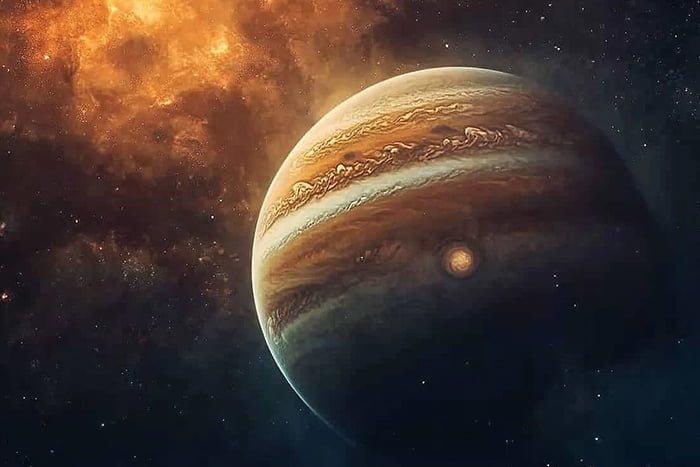
The Basics of Jupiter
Jupiter is a true behemoth, with a diameter of approximately 139,820 kilometers (86,880 miles), making it more than 11 times wider than Earth. Its massive size is a testament to the immense gravitational pull that this gas giant exerts on the surrounding celestial bodies. In fact, Jupiter’s gravitational influence is so strong that it has a significant impact on the orbits of the other planets in our solar system.
At its core, Jupiter is believed to consist of a solid, rocky center surrounded by a dense layer of metallic hydrogen, which in turn is enveloped by an outer layer of molecular hydrogen and helium. This layered structure, along with the planet’s rapid rotation, creates the iconic banded appearance of Jupiter’s atmosphere, which is dominated by the Great Red Spot – a massive, long-lived storm that has been raging for centuries.
Jupiter’s Atmospheric Composition and Dynamics
Jupiter’s atmosphere is a dynamic and ever-changing canvas, showcasing a diverse array of weather patterns and phenomena. The planet’s upper atmosphere is primarily composed of hydrogen and helium, with trace amounts of other elements such as methane, ammonia, and water vapor. This unique atmospheric composition, combined with the planet’s intense internal heat and rapid rotation, gives rise to the stunning and often turbulent features that we observe.
One of the most iconic and well-known features of Jupiter’s atmosphere is the Great Red Spot, a massive, oval-shaped storm that has been raging for centuries. This massive anticyclonic storm, which is larger than the entire Earth, is believed to be the result of the interaction between Jupiter’s strong winds and the planet’s internal heat. As the storm continues to evolve, it provides scientists with valuable insights into the complex atmospheric dynamics of this gas giant.
In addition to the Great Red Spot, Jupiter’s atmosphere is home to a variety of other intriguing features, including the famous “belts” and “zones” that encircle the planet. These alternating bands of light and dark coloration are the result of complex interactions between the planet’s winds, temperature variations, and the distribution of atmospheric gases and particles.
Jupiter’s Moons: A Diverse Celestial Family
Jupiter is not only the largest planet in our solar system, but it also boasts a rich and diverse family of moons. Currently, Jupiter is known to have 79 confirmed moons, with the four largest – Io, Europa, Ganymede, and Callisto – collectively known as the Galilean moons, named after the Italian astronomer Galileo Galilei, who first observed them in 1610.
Each of Jupiter’s moons is unique and fascinating in its own right. Io, the closest of the Galilean moons, is the most volcanically active body in our solar system, with a surface covered in constantly erupting volcanoes. Europa, on the other hand, is believed to harbor a subsurface ocean, making it a prime candidate in the search for extraterrestrial life.
Ganymede, the largest moon in the solar system, is a unique world in its own right, with a partially differentiated interior and a thin, icy crust. Callisto, the outermost of the Galilean moons, is a heavily cratered and ancient world, providing valuable insights into the early history of the solar system.
Beyond the Galilean moons, Jupiter’s satellite system includes a diverse array of smaller moons, ranging from tiny, irregularly shaped objects to larger, more spherical bodies. These moons, some of which were only recently discovered, offer a glimpse into the complex and dynamic processes that shape the Jovian system.
The Exploration of Jupiter
The exploration of Jupiter has been a key focus of space agencies and astronomers for decades, with a series of groundbreaking missions that have dramatically expanded our understanding of this colossal gas giant.
One of the most famous and successful missions to Jupiter was the Voyager program, which sent two spacecraft – Voyager 1 and Voyager 2 – to explore the outer solar system in the late 1970s and early 1980s. These pioneering probes provided the first up-close images and data of Jupiter, revealing the planet’s intricate atmospheric features, its powerful magnetic field, and the diverse characteristics of its moons.
More recently, the Galileo mission, which orbited Jupiter from 1995 to 2003, provided even more detailed insights into the Jovian system. Galileo’s instruments studied the planet’s atmosphere, magnetosphere, and the unique environments of its moons, including the potential subsurface ocean on Europa.
The latest chapter in the exploration of Jupiter is the Juno mission, which was launched in 2011 and entered orbit around the planet in 2016. Juno’s highly elliptical orbit allows it to make close passes over Jupiter’s poles, providing unprecedented views of the planet’s auroras and the complex dynamics of its atmosphere. The mission has also revealed new insights into Jupiter’s internal structure and the formation of its powerful magnetic field.
As our understanding of Jupiter continues to grow, future missions are already in the works to further explore this captivating world. The European Space Agency’s JUICE (JUpiter ICy moons Explorer) mission, scheduled for launch in 2024, will focus on studying Jupiter’s icy moons, particularly Europa, Ganymede, and Callisto, in search of potential habitable environments.
The Significance of Jupiter
Jupiter’s significance in our solar system extends far beyond its sheer size and grandeur. This gas giant plays a crucial role in shaping the overall dynamics and evolution of the solar system, acting as a gravitational anchor that has influenced the orbits and compositions of the other planets.
One of the most important ways in which Jupiter has impacted the solar system is through its role as a “cosmic vacuum cleaner.” The planet’s immense gravitational pull has helped to clear the inner solar system of many asteroids and comets, protecting the terrestrial planets from potentially devastating impacts. This stabilizing effect has been instrumental in creating the relatively peaceful and habitable environment that we enjoy on Earth.
Furthermore, Jupiter’s influence on the orbits of the other planets has been a key factor in the overall stability of the solar system. The planet’s position and mass have helped to maintain the delicate balance of the planetary orbits, preventing chaotic interactions that could have led to the disruption or even the destruction of the entire system.
Beyond its role in the solar system, Jupiter’s unique characteristics and the wealth of information it provides have made it a crucial target for scientific exploration and research. The insights gained from studying Jupiter’s atmosphere, internal structure, and magnetosphere have not only expanded our understanding of this gas giant but have also contributed to our broader knowledge of planetary formation and evolution throughout the universe.
Conclusion: Unlocking the Secrets of Jupiter
As we’ve explored in this comprehensive blog post, Jupiter is a truly remarkable and captivating world that continues to capture the imagination of scientists, astronomers, and the general public alike. From its massive size and dynamic atmosphere to its diverse family of moons and the ongoing exploration efforts, this gas giant offers a wealth of insights into the formation and evolution of our solar system.
By delving deeper into the mysteries of Jupiter, we not only gain a better understanding of this colossal planet but also uncover clues about the broader processes that shape the universe around us. As our exploration of Jupiter continues, we can look forward to even more groundbreaking discoveries that will further expand our knowledge and appreciation for this majestic giant of the solar system.
Whether you’re a seasoned space enthusiast or simply curious about the wonders of our universe, this blog post has provided you with a comprehensive overview of the fascinating world of Jupiter. So, the next time you gaze up at the night sky and catch a glimpse of this brilliant, swirling orb, take a moment to reflect on the incredible journey of discovery that lies behind it.



